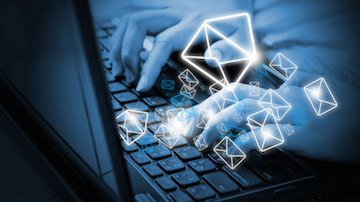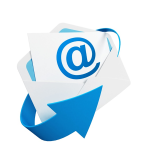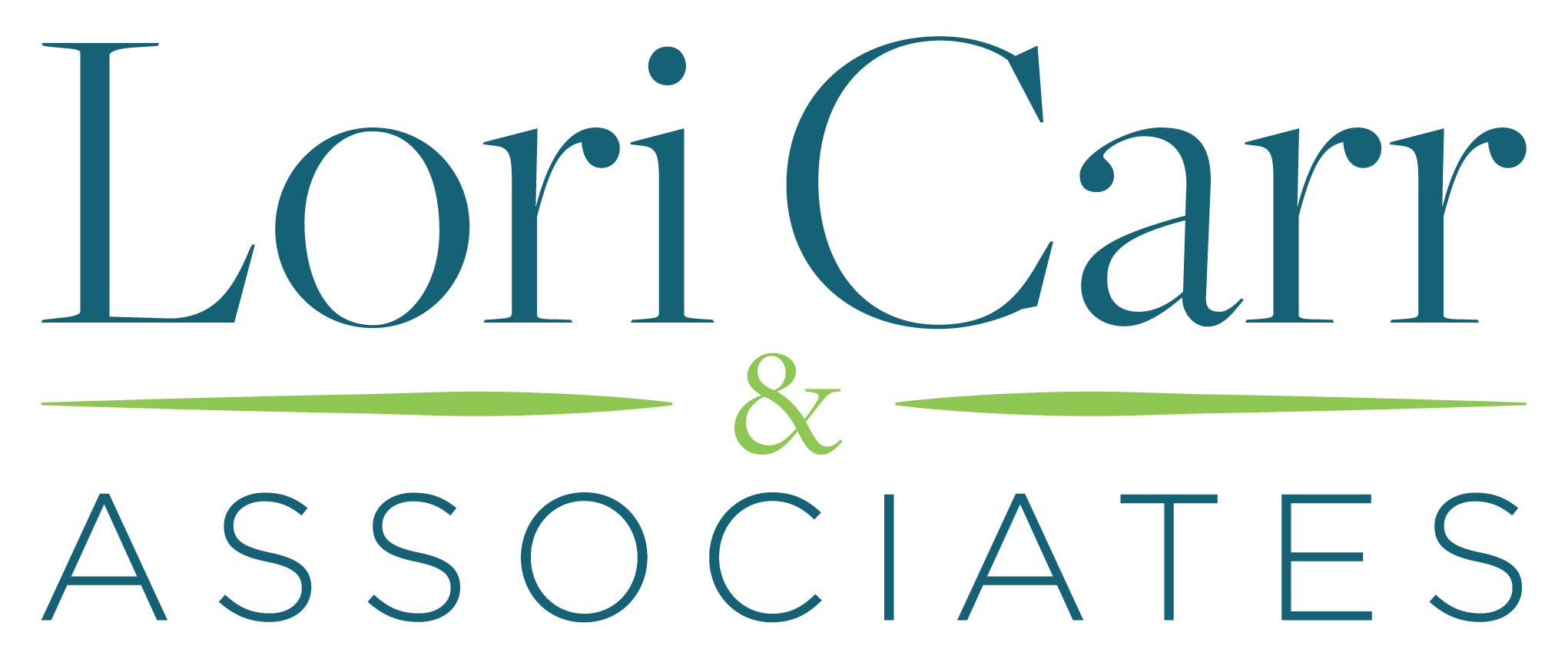- Want to learn more?
- [email protected]
The Loyalty Link: Digital Marketing to Engage and Retain

The Remarkable ROI of Customer Experience: 7 Secrets Unlocked
October 23, 2018
Cloud Tech Leads SMB Spend in 2019
February 1, 2019The Loyalty Link: Digital Marketing to Engage and Retain

Customer engagement and retention marketing is an uncommon but very promising approach for creating customer value and enhanced profits while preserving existing revenues. Connecting with current customers using customer-centric, data-driven approaches to reach out, on an individual basis, at precisely the right time with exactly the right information, is a specific and effective way to promote customer loyalty.
Interactions that educate current customers, stimulate use of your product, uncover new needs and expansion opportunities, or resolve issues also foster an invaluable emotional connection. If conducted in a manner that empowers customers to learn about topics that are relevant to them while respecting their time and privacy, this approach becomes a high-value marketing differentiator, helping to build the relationships that lead to loyalty.
It’s important to understand that email is not dead. (If you don’t believe that, try going a few weeks without sending or responding to any.) In fact, this marketing mode is very much alive and is one of the best ways to reach your customers; also alive, however, is the enduring importance of etiquette. Timing, frequency, permission, and privacy are key considerations when deploying an outreach program. If a customer opts into a conversation with your company via newsletters or email—and that’s what it is, a conversation, not a campaign—be respectful of this privilege, and be mindful that abusing the precious permission to communicate with them will have counterproductive consequences.
Let me share my recent experiences with two of my favorite retail stores, Anne Taylor and The Container Store. I originally agreed to receive a weekly Anne Taylor email, but over a month’s period, that expanded—without my permission—into two or three emails from Ann Taylor every day. I love the product line and am interested in new fashion arrivals, but that’s just too much email, so I unsubscribed. As for The Container Store, I unsubscribed repeatedly when their email frequency increased without my permission, and yet they continued to send email—now from their blog—how annoying! That campaign illustrates how—in a “moment of truth”—the simple act of unsubscribing was a customer experience dissatisfier, producing a negative impression of this retail store as engaging in intrusive and disconnected email practices.
 While it seems like a small thing to honor customers’ email preferences and to communicate in ways that respect their time and privacy, this doesn’t always happen. Unfortunately, too many companies, in a zealous effort to create better relationships and expand sales with current customers, are actually doing the opposite: becoming a nuisance and creating ill will. Be smart and respectful with your company’s most value asset—your customers—when managing your outreach program.
While it seems like a small thing to honor customers’ email preferences and to communicate in ways that respect their time and privacy, this doesn’t always happen. Unfortunately, too many companies, in a zealous effort to create better relationships and expand sales with current customers, are actually doing the opposite: becoming a nuisance and creating ill will. Be smart and respectful with your company’s most value asset—your customers—when managing your outreach program.
On the other hand, some companies do conduct gold-standard outreach. The video on in-flight passenger safety produced for Richard Branson’s Virgin America is a classic: highly innovative, effective, and ahead of its time as a creative, entertaining way to communicate a key message to the airline’s customers. In another example, Copper Blue Creative developed a specific, successful marketing campaign that quadrupled the average daily sales at more than a dozen retail locations for the rapidly growing company Laser Away. Their approach was “a perfectly on-target email campaign design employing best practices, using targeted messaging sent to opt-in customers and providing convenient touch-to-call links on mobile devices for easy participation in their price-reduced laser offer.”
If you have the time for some deeper reading (over 100 pages of content) about email outreach to your customers, I suggest “The Definitive Guide to Engaging Email Marketing” from Marketo. The guide provides an in-depth understanding of customer marketing and discusses five attributes of engaging email:
- Trusted
- Always relevant
- Conversational
- Coordinated across channels
- Strategic
There are many reasons to launch an engagement and retention marketing strategy with current customers; primarily, it will lead to increased retention, expansion, and advocacy, and improved brand reputation, because you will be providing increased value and contributing to your customers’ positive business outcomes.
Here are my thoughts regarding how to best conduct this type of outreach:
- Nurture current customer relationships to build confidence and trust in your company.
- Engage with customers to gain insight, build partnerships, and deepen relationships.
- Identify more “moments of active engagement” specifically tailored to create value for customers.
- Communicate with different customer segments based on their needs.
- Continue to offer value directly related to your customers’ business goals and outcomes.
- Provide dynamic offers tailored to specific customers.
- Target accounts that you’ve identified as ready for cross-selling or up-selling opportunities.
- Engage in customized conversations based on data-driven (e.g., voice of the customer, health monitoring, customer sentiment), customer-centric insights.
- Ensure convenient timing, frequency, and customized content with each outreach.
- Respect your customers’ time and privacy.
- Point out new features that increase customer productivity and your product value.
- Identify new customer needs and products to expand sales.
- Identify at-risk customers and stop them from defecting.
- Find customers who’ve defected and win them back.
- Discover customers’ unmet needs and address them.
- Encourage a process-focused contract renewal approach versus the unappreciated “one-and-only-outreach” approach just as the contract is expiring.
- Invite select customers to special events: e.g., lunch with the CEO, best practice round table sessions with company leaders, and social events combined with focus group and customer insight sessions.
- Offer role-based or vertical industry value by providing information about upcoming conferences, white papers, or best practices.
- Find your biggest fans and ask whether they are willing to be a reference for you or to provide referrals (new leads) based on their sentiment and loyalty toward your company.
 In the emerging hot pursuit to increase retention and expansion, sales team incentives must also be included in your company’s approach to keeping customers happy and loyal. Just as the acquisition of new sales is encouraged with incentive commissions, consider incentives for renewals and overall accounts retention with sales and potentially with customer service and success teams—employee efforts that get measured and rewarded are more likely to be enacted.
In the emerging hot pursuit to increase retention and expansion, sales team incentives must also be included in your company’s approach to keeping customers happy and loyal. Just as the acquisition of new sales is encouraged with incentive commissions, consider incentives for renewals and overall accounts retention with sales and potentially with customer service and success teams—employee efforts that get measured and rewarded are more likely to be enacted.
Your continuous investment in ongoing conversations with customers differentiates your company from your competitors and firmly establishes a strong link to customers’ long-term loyalty. If done correctly, engagement and retention marketing is a low-risk, high-reward, customer-centric retention strategy that I highly recommend.
Lori Carr is a customer experience pioneer and expert. Working with Fortune 500 companies for the past 25 years, she helps popular brands and emerging brands to dramatically increase retention, loyalty, and profitable revenues.



